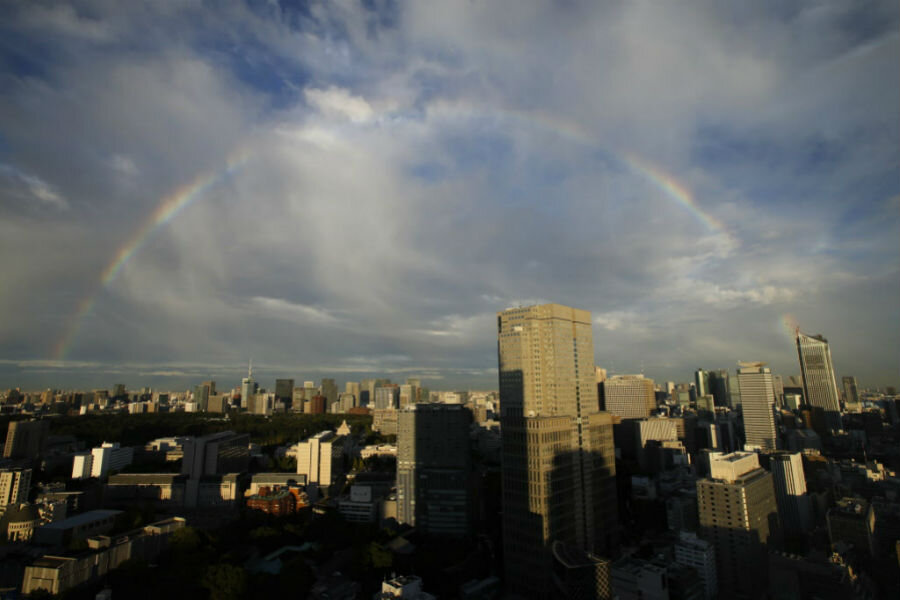Asia's millionaires now control more wealth than North America's
Loading...
The wealth of the world is no longer concentrated in the West.
North America now ranks second to Asia in terms of wealth controlled by millionaires, according to finance firm Capgemini's "World Wealth Report", released this week. Over the next decade, the wealthy in Asia could surpass the combined wealth of those in Europe, Latin America, the Middle East, and Africa.
Asian millionaires controlled a combined $17.4 trillion in 2015, while millionaires in North America held $16.6 trillion, according to the report.
The soaring wealth of high net worth individuals (HNWI) in Asia came despite slowing economic growth in China this year. Though China’s growth domestic product increased by 6.9 percent in 2015, debt also increased to almost 250 percent of China’s GDP, according to Bloomberg. Japan’s economy also slowed somewhat. The Organization for Economic Co-operation and Development predicts Japan’s 2016 economic growth will be 0.7 percent, and will slow further to 0.4 percent in 2017.
Despite those recent slowdowns, the general trend of the Asian economy, especially in the past ten years, has been one of positive growth. Compared to the rest of the world, economies in Asia, which include many developing countries, are generally growing faster.
The World Economic Forum reports that developed economies like the United States are expected to grow two percent in 2016 and 2017, while developing economies are expected to grow three times that rate. India and China are expected to grow seven and six percent, respectively.
In 2012, the Asia-Pacific region became the world's fastest-growing economy in terms of private wealth, according to the Boston Consulting Group. Thanks to to strong GDP growth in India and China, the private wealth in that region grew 13.8 percent to reach $28 trillion in 2012. In 2013, the Boston Consulting Group predicted that private wealth in the region would reach $48.1 trillion by 2017, surpassing North America as the world’s wealthiest region.
The wealth of HNWIs in Asia has quadrupled in the past 30 years, and even grew ten percent in 2015, to top off at $17.4 trillion. Asia has now exceeded the wealth of HNWI in North America which grew 2.3 percent to reach $16.6 trillion.
In terms of the number of millionaires within one’s country, the United States still rules the roost. China and Japan recently joined the United States and Germany with the highest number of millionaires within their borders. However, there are 4.45 million HNWI in the United States, approximately four times the number in China, according to Capgemini.
Driven by economic contraction in Brazil, the wealth of HNWI in Latin America decreased 3.7 percent to $7.13 trillion. Africa experienced both a 1.8 percent drop in the number of wealthy people in the region, as well as a 3.2 percent decrease in wealth.
According to Oxfam, the wealth of the world’s richest one percent is greater than the wealth of the rest of the world combined. By 2025, the millionaires of the world will have amassed an estimated combined fortune of $106 trillion. The wealthy of the world will continue to grow richer, whether in Asia or elsewhere.






